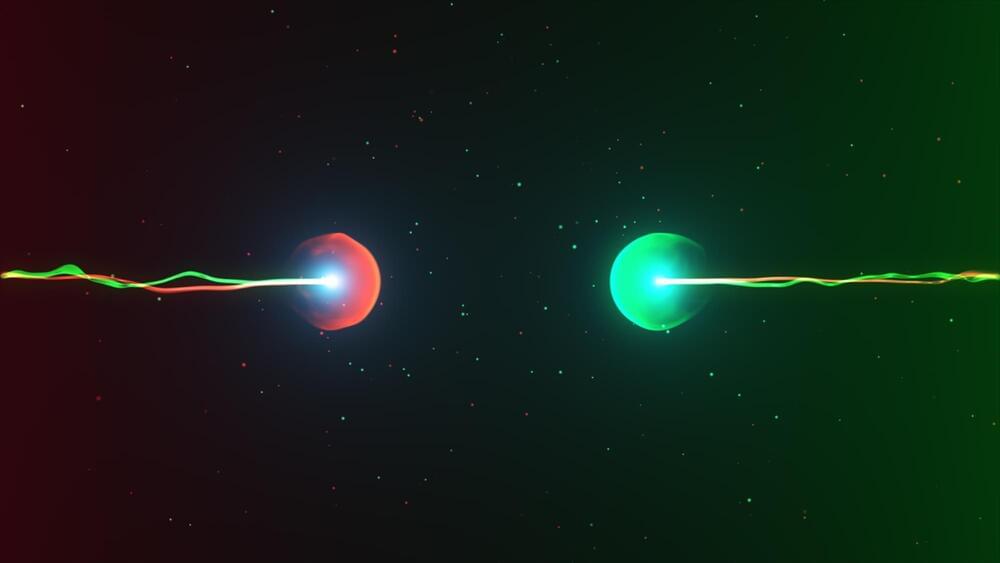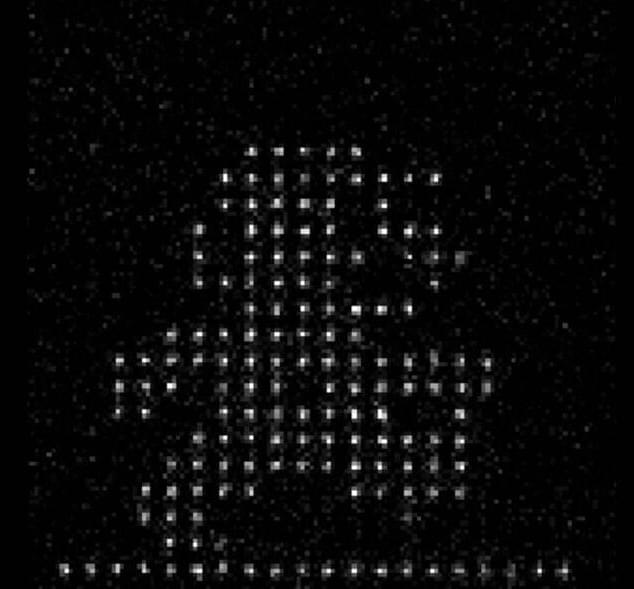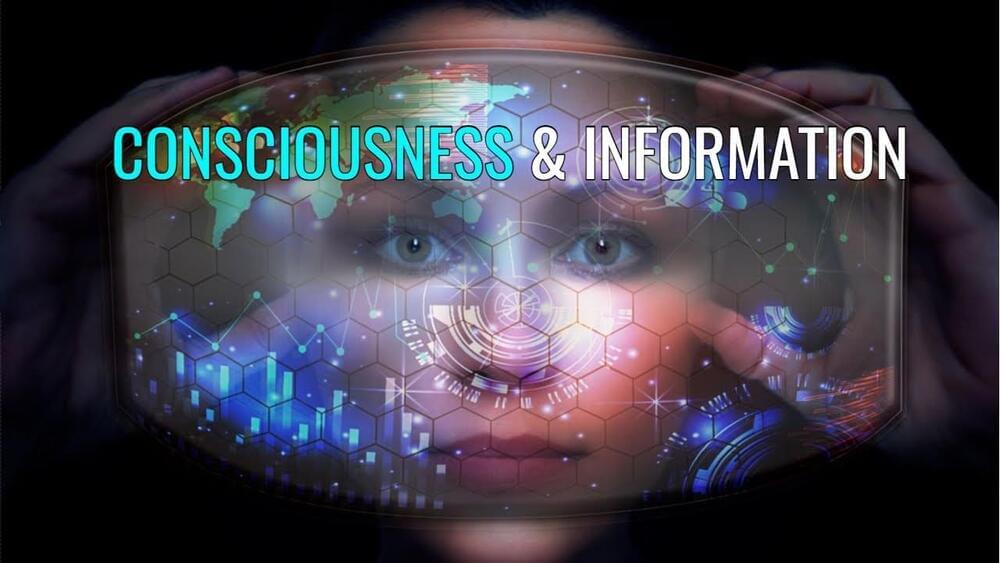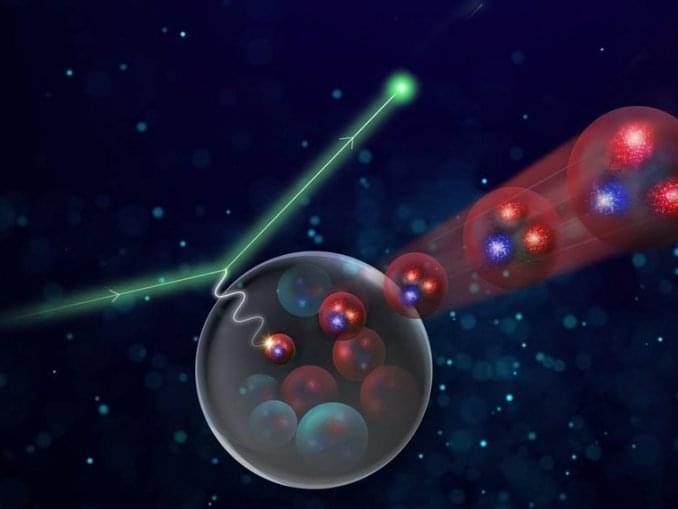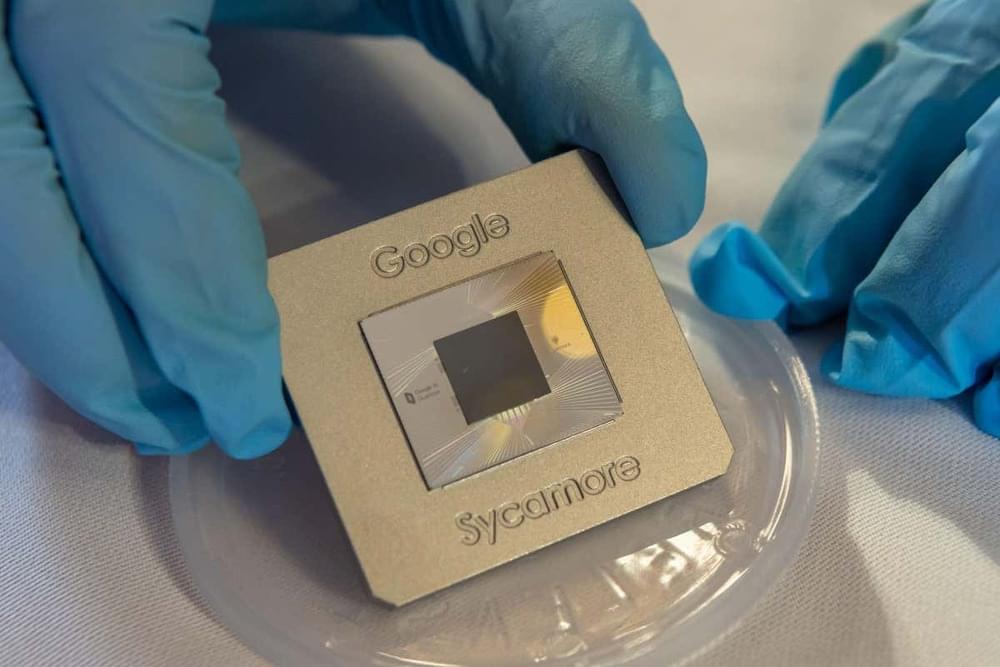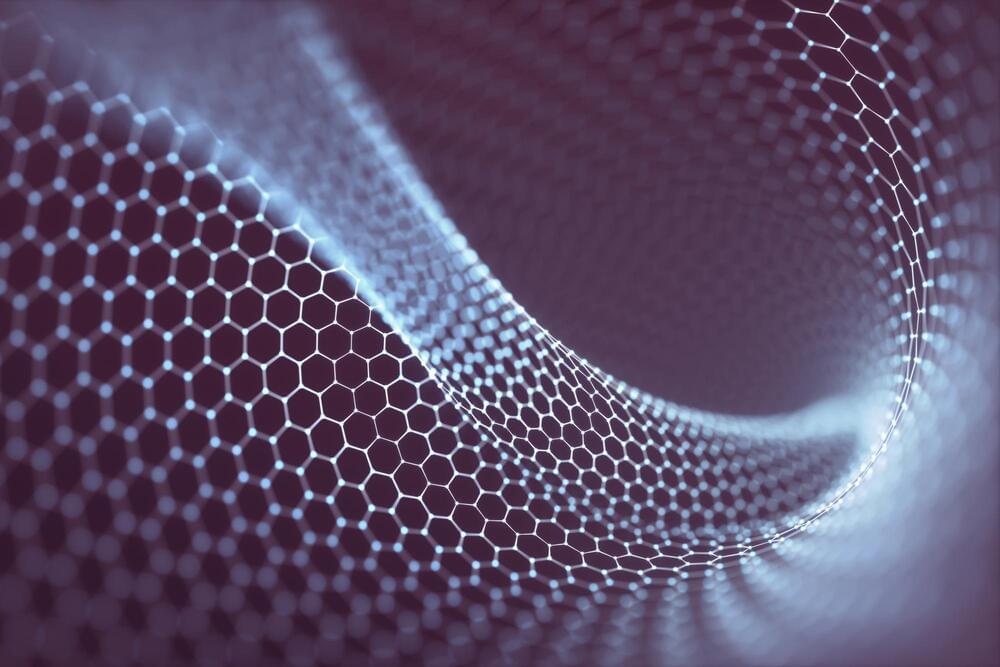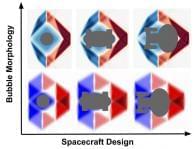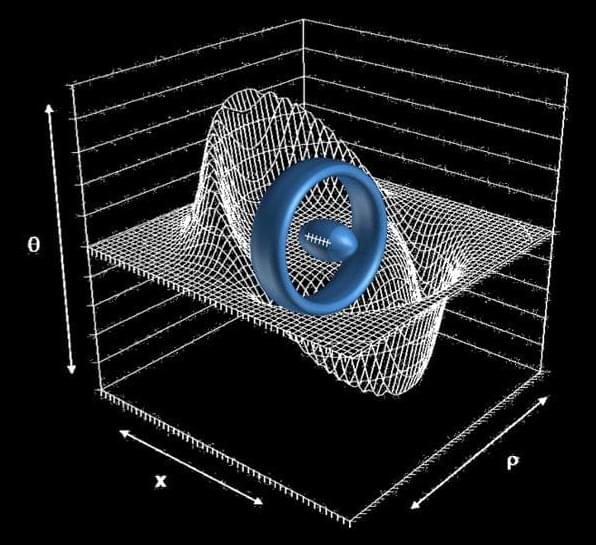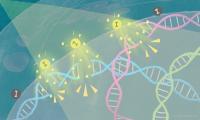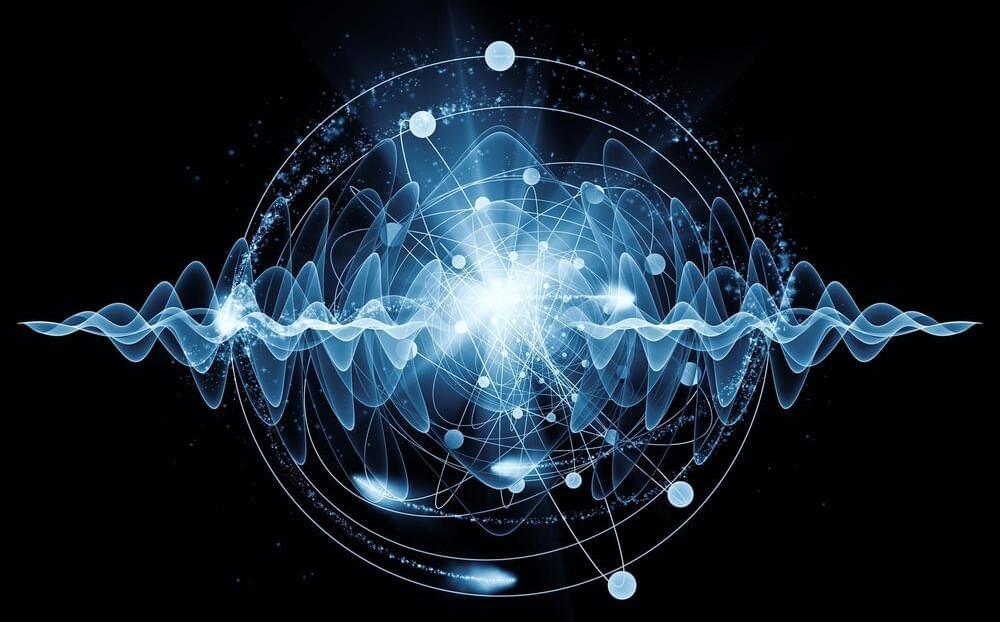Sep 24, 2021
Particle seen switching between matter and antimatter at CERN
Posted by Quinn Sena in categories: particle physics, quantum physics
A subatomic particle has been found to switch between matter and antimatter, according to Oxford physicists analyzing data from the Large Hadron Collider. It turns out that an unfathomably tiny weight difference between two particles could have saved the universe from annihilation soon after it began.
Antimatter is kind of the “evil twin” of normal matter, but it’s surprisingly similar – in fact, the only real difference is that antimatter has the opposite charge. That means that if ever a matter and antimatter particle come into contact, they will annihilate each other in a burst of energy.
To complicate things, some particles, such as photons, are actually their own antiparticles. Others have even been seen to exist as a weird mixture of both states at the same time, thanks to the quantum quirk of superposition (illustrated most famously through the thought experiment of Schrödinger’s cat.) That means that these particles actually oscillate between being matter and antimatter.
